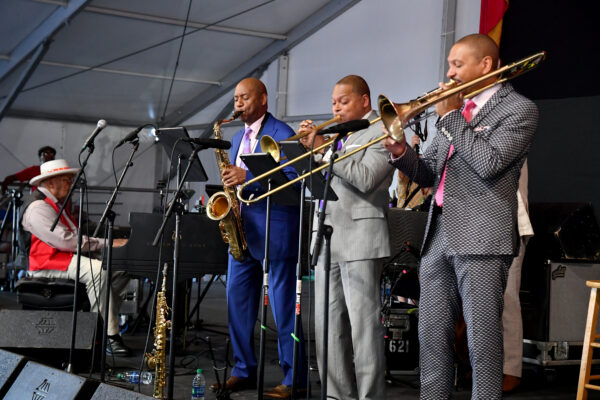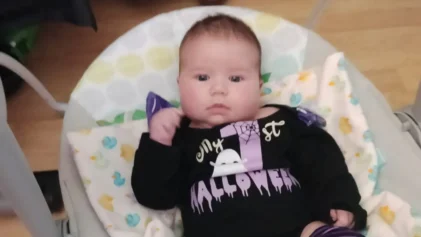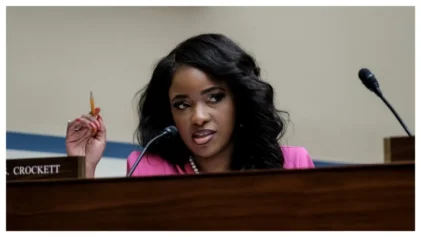New Orleans is known for its jazz scene. The music genre can be heard in local clubs every night and played by marching bands during Mardi Gras, but it was barred in the city’s schools for a century, according to reports.
The New Orleans school board unanimously voted to reverse the ban on March 24, 100 years to the date when the board first approved the rule prohibiting jazz music and dancing.

Current school officials said the board back then wanted to distance students from jazz’s African-American roots.
“I’m very glad that we can rescind this policy. I want to acknowledge it. It was rooted in racism,” Orleans Parish School Board President Olin Parker said during the meeting.
“And I also want to acknowledge the tremendous contributions of our students and especially of our band directors, whose legacy continues from 1922 through present day.”
According to a newspaper article from 1922, the rule was proposed by board member the report called Mrs. Adolph Baumgartner. Baumgartner abruptly called for the ban during a conversation about school finances.
“Jazz music and jazz dancing in schools should be stopped at once,” Baumgartner said. “I have seen a lot of rough dancing in school auditoriums lately.”
“What is jazz?” Board member Percy H. Moise asked.
“I’ve only seen a little bit of it, but it was awful,” Board member Henry C. Schaumburg said. “The children have no business engaging in such dancing.”
When asked what dances should be allowed, Baumgartner said they could dance the waltz, a formal dance with European roots.
“The waltz is most beautiful, don’t you think,” she said.
The jazz ban has been ignored for decades, according to reports, with jazz icons such as Louis Armstrong, Pete Fountain and Ellis Marsalis Jr. coming from New Orleans public schools.
Roderick Paulin, an internationally-renowned professional jazz musician, attributes his “deep understanding” of music theory to New Orleans Center for Creative Arts, a public performing arts high school.
Paulin told NOLA.com that music was played in schools and clubs around town. The paper reports that many jazz groups, including the Neville Brothers and the Rebirth Brass Band, grew out of New Orleans high schools.
Ken Ducote, executive director of the Greater New Orleans Collaborative of Charter Schools, bought the policy to the board’s attention after reading about it in Al Kennedy’s “Chord Changes on the Chalkboard: How Public School Teachers Shaped Jazz and the Music of New Orleans.”
“It’s like if Colorado passed a rule banning students from looking at the Rocky Mountains,” Ducote said.
The origins of jazz can be traced back to African dance and drumming traditions in New Orleans in the 18th century, according to the National Park Service. Enslaved people would gather at an area that became known as Congo Square and partake in African dances and other cultural traditions.
Then came the tradition of Mardi Gras Indians. These were Black groups who would dress up like Native American Indians to honor the native people. They would also parade around as a challenge to rivals, using drum and call-and-response chanting that the NPS says “was strongly reminiscent of West African and Caribbean music.”
Brass jazz bands became popular in the late 1880s, often seen at parades, concerts and funeral processions, giving birth to modern-day jazz.


